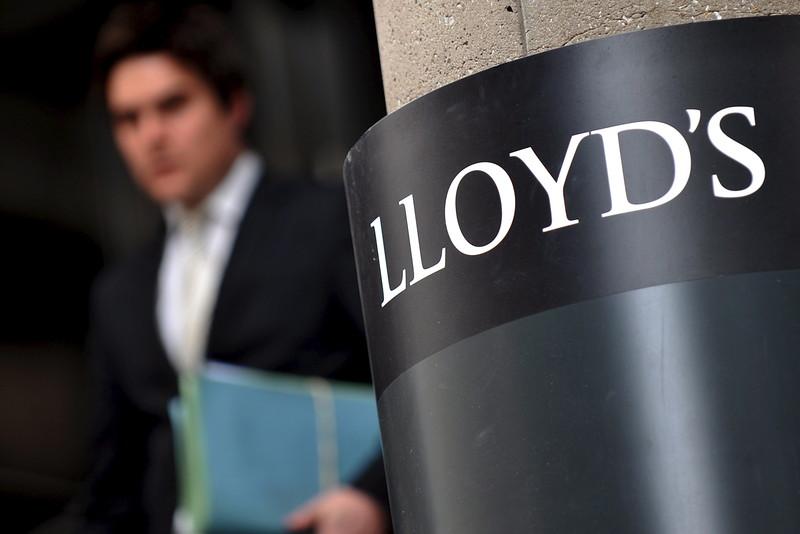Swansong for the London market suits?
New working practices demonstrate that we are more human than the traditional suits and ties of the specialty insurance sector, and these lessons from lockdown could translate into true cultural transformation, says Bart Patrick, Managing Director of Duck Creek Technologies in Europe.
In the past, some have said the first step to being respected is to look respectable. If you don’t look the part, sorry, but we’re not letting you come into our club.
I of course recognise this is a sweeping statement, and valiant efforts have been made by many in our sector to change perceptions and reality, bring in new talent from outside the sector, promote aspirational young minds faster, and drive cultural diversification.
But no matter how big the effort to drive cultural change in insurance, the London market in particular is still seen from outside predominantly as a sea of suits. Mainly men in suits. Mainly white men in suits.
And yes, I’m aware of the irony of writing this myself.
To my mind, the death of the suit would be a welcome outcome of this crisis. It is the single symbol of everything that represents the failure to change working practices, presenteeism, all the buttoned-up rubbish. It is a potent reminder of the persistent intransigence of the “square mile.” Of the London market’s inability to change and adapt.
New ways of working
The new working practices and increased flexibility we’re all adapting to really do matter. By Zooming directly into each other’s home offices, we are allowing ourselves to be more societal with each other. We are expressing ourselves in different ways, creating stronger bonds.
After all, having a personality as well as being a professional were never mutually exclusive.
Last year, Goldman Sachs adopted a flexible dress code, taking its cue from Silicon Valley in a move said to be part of a wider drive across Corporate America towards employee empowerment.
Now let’s look at the oldest insurance market in the world – Lloyd’s of London, with its infamously formal reputation, now trading entirely electronically and remotely for the first time in its history.
Things can’t and surely won’t go back to the way they were on so many levels. After all, the backbone of the market is no longer physical, it is technological. And we all know the techies ditched their suits back in the noughties, and look where that got them (clue: they run the world).
A review of culture post-lockdown
I would like to call on Lloyd’s to facilitate a COVID-19 review looking at all aspects of transforming the market, in particular the human cultural and well-being elements, and make a strong call to action to break through the boundaries that have been holding diversification and cultural progression back in the City.
The biggest outward symbol of this is the suit. If you walked down London’s Lime Street in the heart of the insurance district on any given weekday before this crisis, you would have seen streams of incredibly smartly dressed people, even in 2020 still mainly white men in suits – and each and every one of them looking the part.
The issue is that the part has changed along with the script and cast.
It may not be what the expensive tailors in EC3 want to hear, but those sharp suits are a barrier – visually, financially, psychologically – to a more inclusive, diverse culture.
By saying this, I don’t want to belittle those who feel comfortable in their suits or dictate what people should or shouldn’t wear. In fact, that’s my whole point – the definition of what “looking the part” means has changed, and no-one should feel they need to conform.
If the first step to being respected is to look respectable, then we need to redefine what that means in a business setting. Let’s make sure insurance looks the part that represents the future now.


